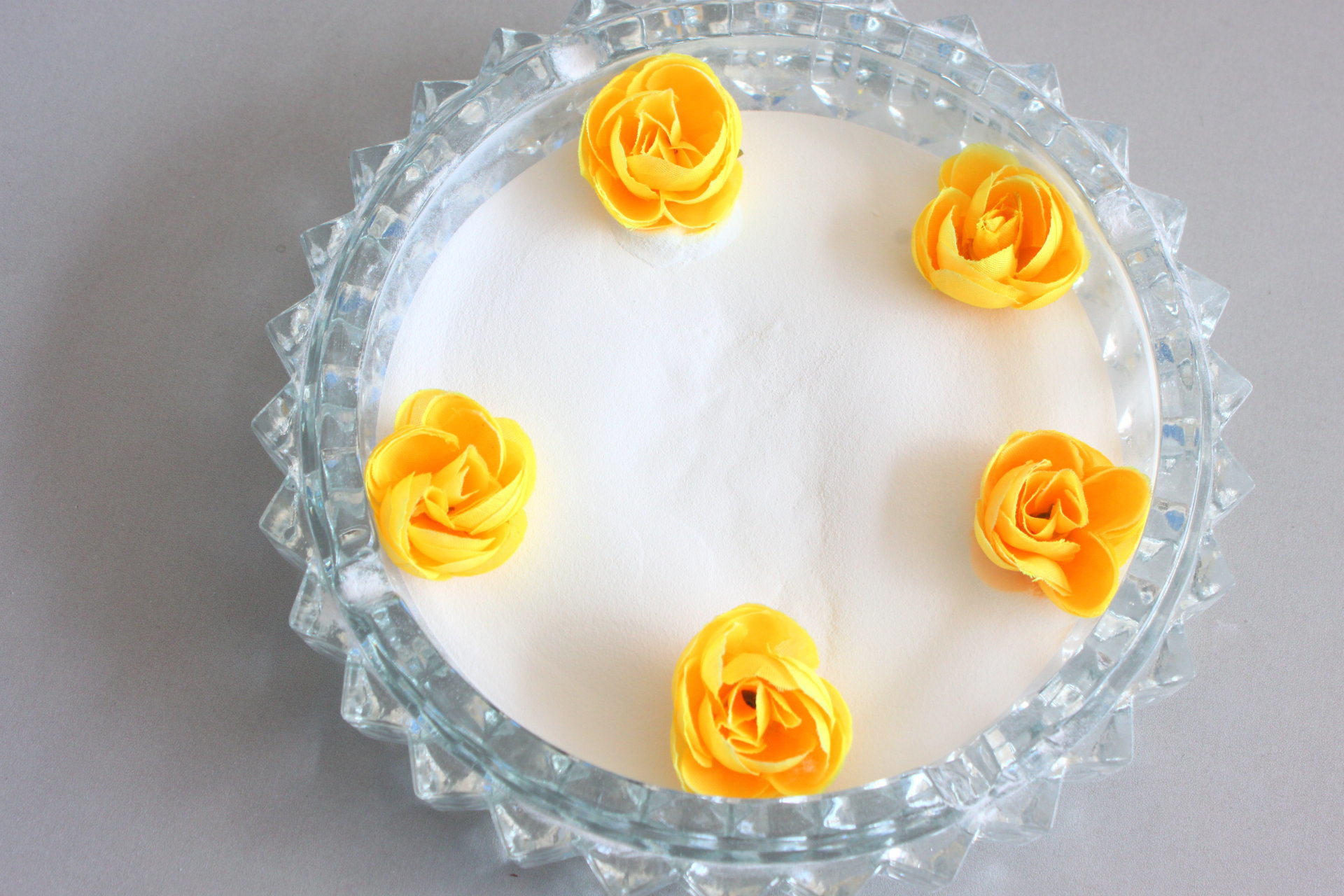Application of redispersible latex powder in mortar system
Release time:
2022-03-12
Author:
Source:
The colloidal polyvinyl alcohol must be separated from the polymer membrane system. This is not a difficult problem in alkaline cement mortar system, because polyvinyl alcohol will be saponified by alkali generated by cement hydration. At the same time, the adsorption of quartz material makes polyvinyl alcohol gradually separated from the system. Without hydrophilic protective colloid, the film formed by one-time dispersion of redispersible latex powder, which is insoluble in water, can play a role not only in dry conditions, but also in long-term soaking conditions. Of course, in non-alkaline systems, such as gypsum or filler-only systems, redispersible latex powders can still be used in these systems, as the polyvinyl alcohol is still partially present in the final polymer film, affecting the water resistance of the film, when these systems are not used for long-term water immersion, and the polymer still has its own mechanical properties.
With the final formation of the polymer film, a system of inorganic and organic binder structure is formed in the cured mortar, that is, a brittle skeleton composed of a hydraulic material, and a flexible network composed of a film formed by a redispersible latex powder in the gap and a solid surface. The tensile strength of the polymer resin film formed by the emulsion powder is enhanced and the cohesive force is improved. Due to the flexibility of the polymer, the deformation capacity is much higher than that of the rigid structure of the cement stone, the deformation performance of the mortar is improved, and the effect of the dispersed stress is greatly improved, thereby improving the crack resistance of the mortar.
With the increase of the dosage of redispersible latex powder, the whole system develops towards plastics. In the case of high latex powder content, the polymer phase in the solidified mortar gradually exceeds the inorganic hydration product phase, and the mortar will undergo a qualitative change and become an elastomer, while the hydration product of cement becomes a "filler". The tensile strength, elasticity, flexibility and sealing properties of the mortar modified by redispersible latex powder are improved. The blending of the redispersible emulsion powder allows a polymer film (latex film) to form and form part of the pore wall, thereby closing the highly porous structure of the mortar. The latex film has a self-stretching mechanism to apply tension to its anchorage with the mortar. Through these internal forces, the mortar is maintained as a whole, thereby increasing the cohesive strength of the mortar. The presence of highly flexible and highly elastic polymers improves the flexibility and elasticity of the mortar. The mechanism of the increase in yield stress and failure strength is as follows: When a force is applied, the microcracks are delayed due to the improvement in flexibility and elasticity until a higher stress is reached. In addition, the interwoven polymer regions also act as an impediment to the coalescing of the microfractures into through-fractures. Therefore, the redispersible emulsion powder increases the failure stress and failure strain of the material.
The polymer film in polymer modified mortar has a very important effect on hardening mortar. The redispersible emulsion powder distributed on the interface plays another key role in the dispersion and film formation, that is, it increases the adhesion to the materials in contact. In the microstructure of the interface zone between the powder polymer modified ceramic tile-bonded mortar and the ceramic tile, the film formed by the polymer formed a bridge between the vitrified ceramic tile with very low water absorption and the cement mortar matrix. Areas of contact between two dissimilar materials are particularly at high risk of shrinkage crack formation and resulting in loss of bonding force. Therefore, the ability of the latex film to heal shrinkage cracks has an important role in tile adhesives.
At the same time, the ethylene-containing redispersible latex powder on the organic base surface, especially similar materials, such as polyvinyl chloride, polystyrene and other adhesion is more prominent, which is a good example when the polymer modified dry powder mortar is used for the bonding and covering of polystyrene board.

Key words:
Redispersible latex powder
Previous Page
Recommended News
5 Time Points to Be Grasp in Using Tile Glue
2022-05-23
Application of Cellulose in Putty Mortar
2022-04-26
Use of redispersible latex powder
2022-03-19

Jinan Headquarter: 19th Floor, Greenland Colorful City, East Square of Jinan High Speed Railway
Feicheng Production Base: Feicheng Xinxing Industrial Park, Feicheng City, Shandong Province, China
Yucheng Production Base: Yucheng High-tech Development Zone, Shandong Province, China

